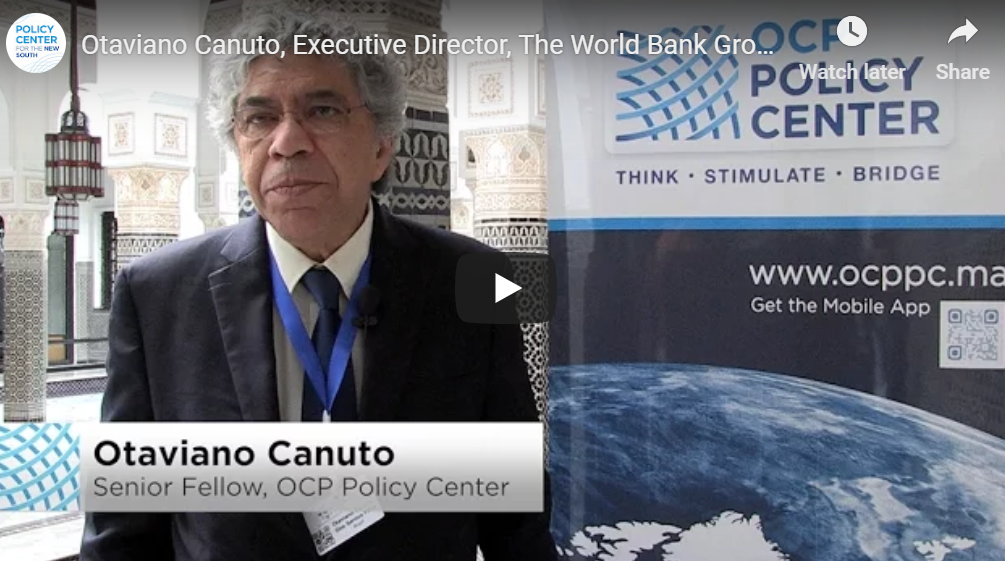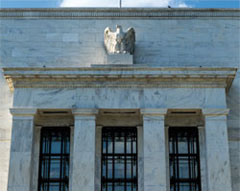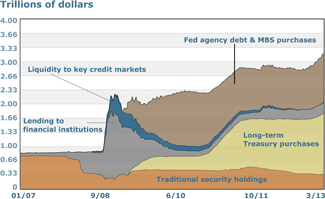Quantitative easing in emerging market economies
The pandemic global financial shock has sparked the inclusion of QE as a policy tool also available for central banks of EME. Nonetheless: - QE targets are on the yield structures of interest rates. If there are fragilities leading to high basic, short-term interest rates, QE will not get much in terms of results. - QE should not raise concerns about “fiscal dominance”, because otherwise it will be self-defeating. Capital outflow pressures may exacerbate. - A prolonged stay of central banks as buyers in local currency bond markets may distort market dynamics. A permanent role of the central bank as a market maker, especially in primary markets, will impair the development of the domestic financial market. Consideration should also be given to the effect of asset purchase programs on possible overvaluation of assets, as well as on collateral availability in the banking system and its impact on the policy rate transmission















